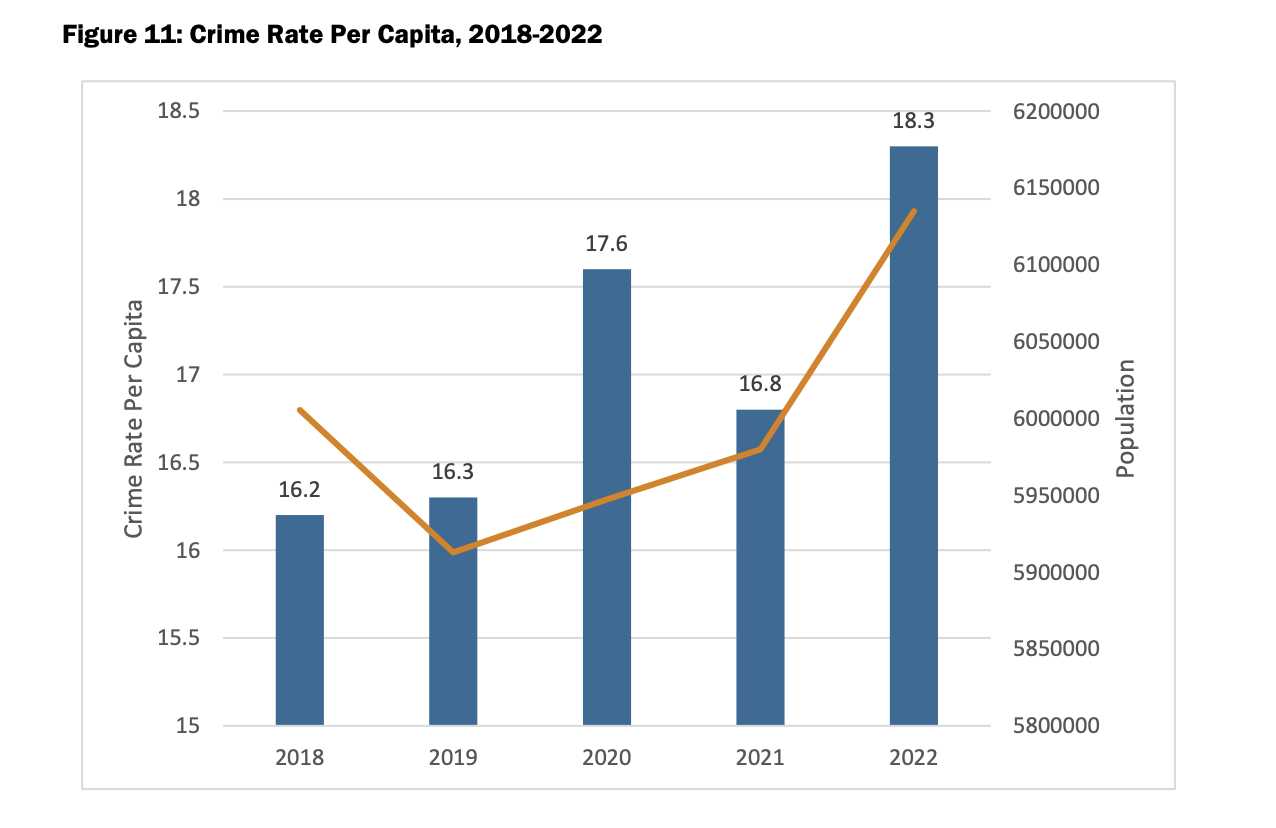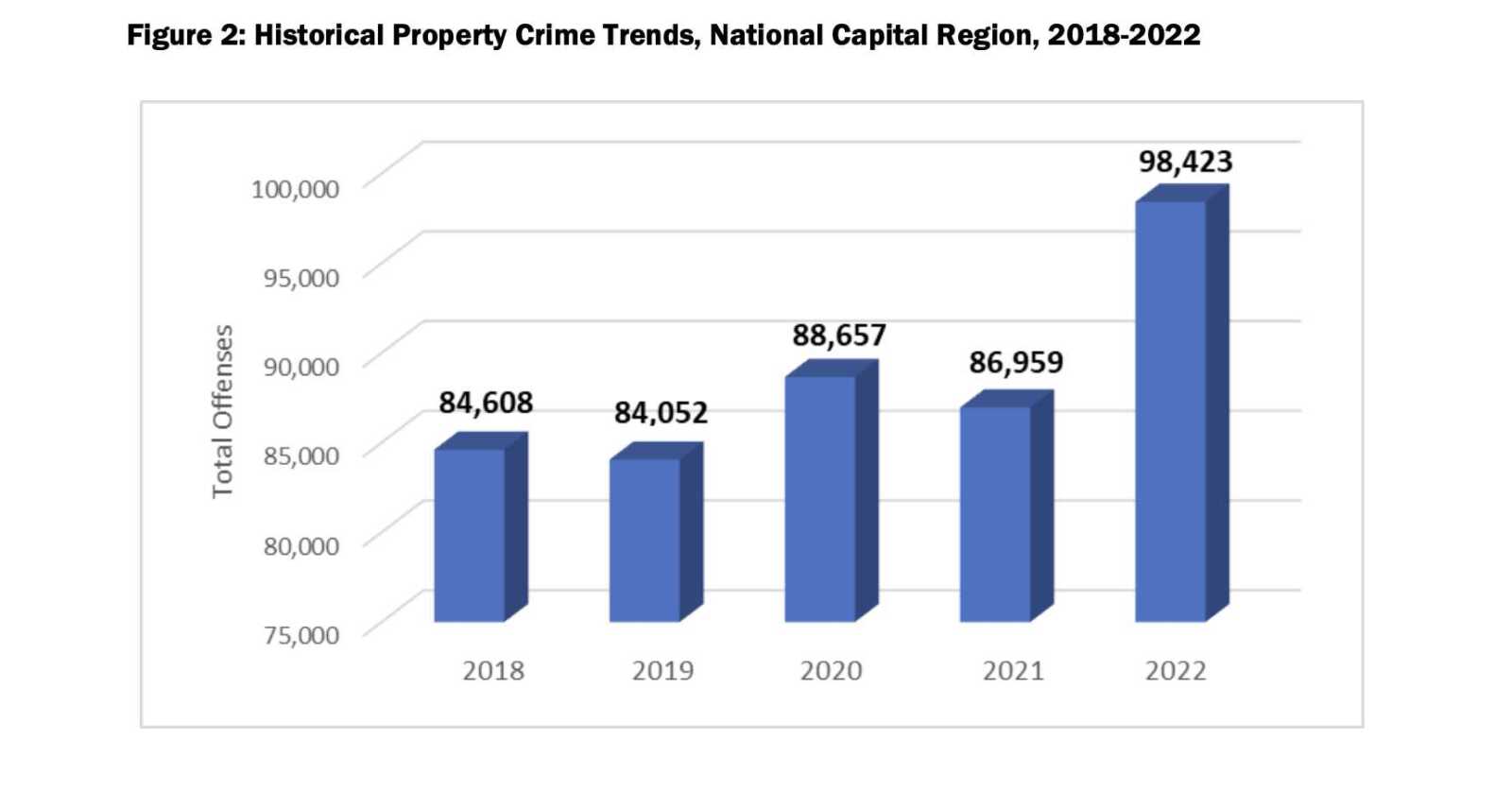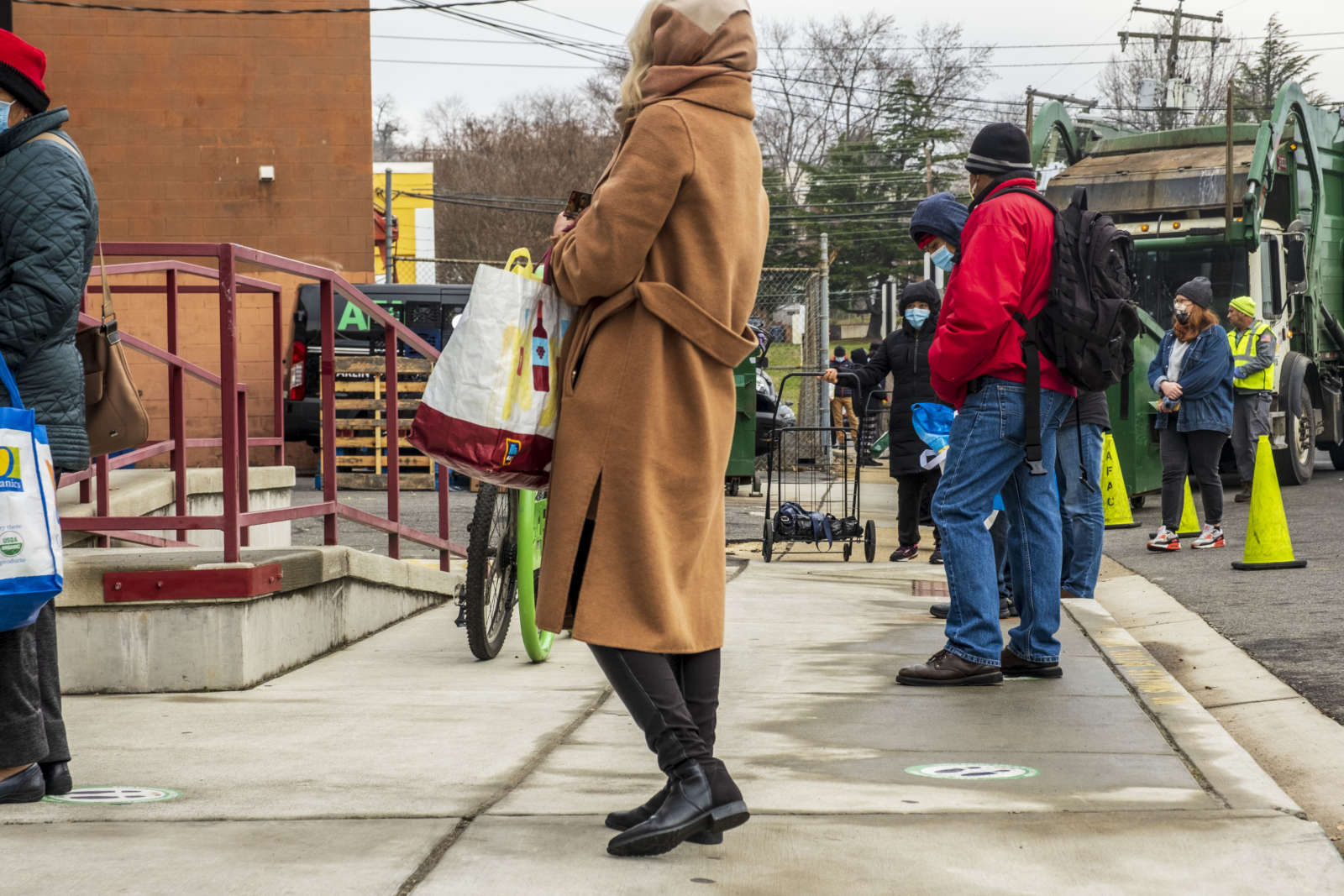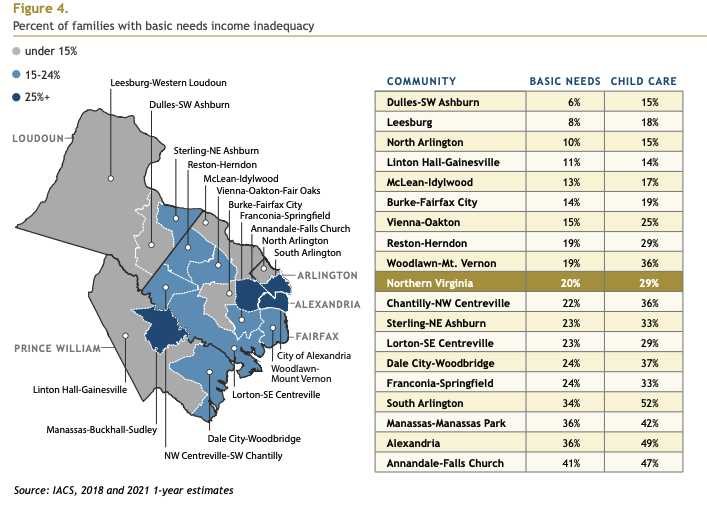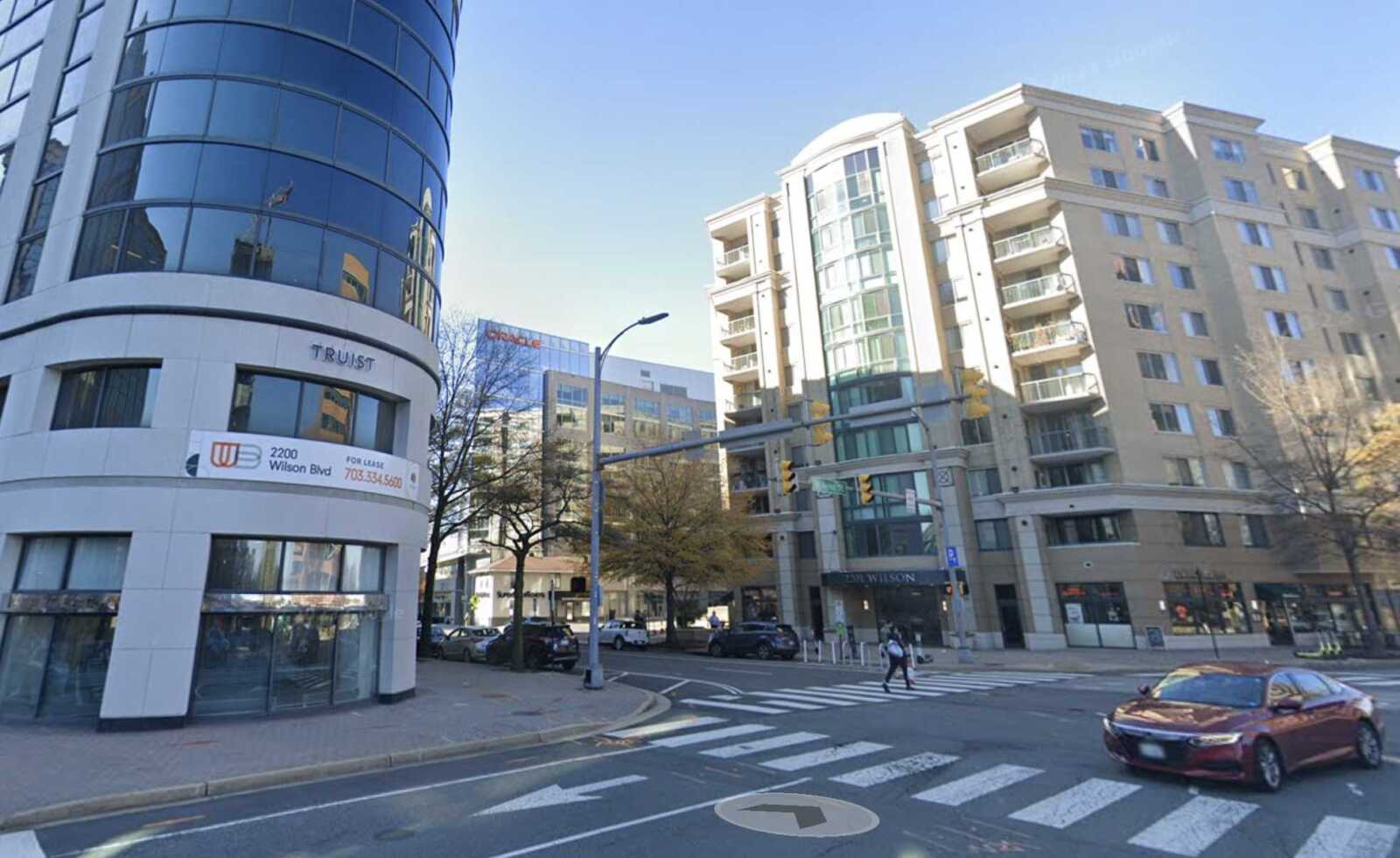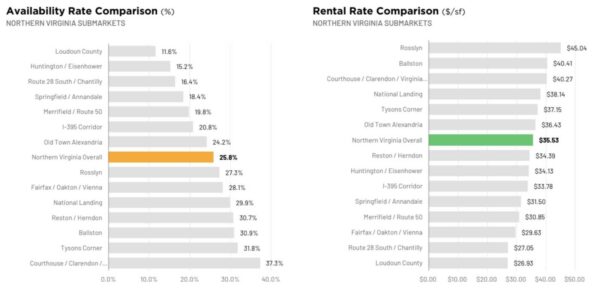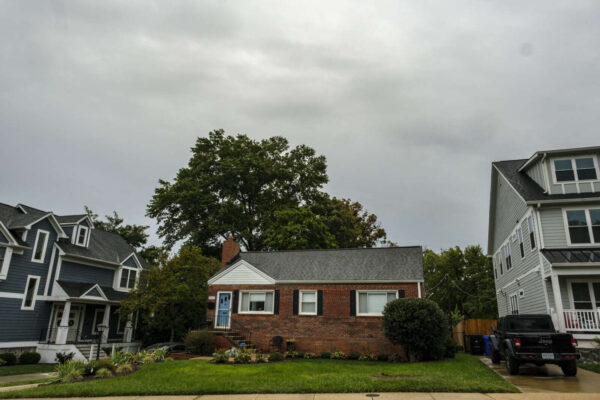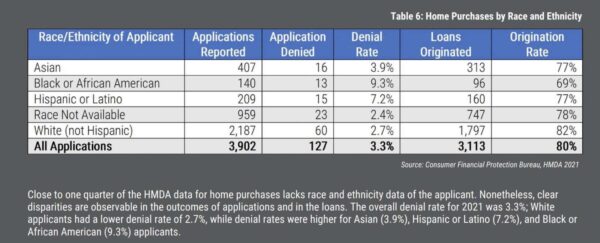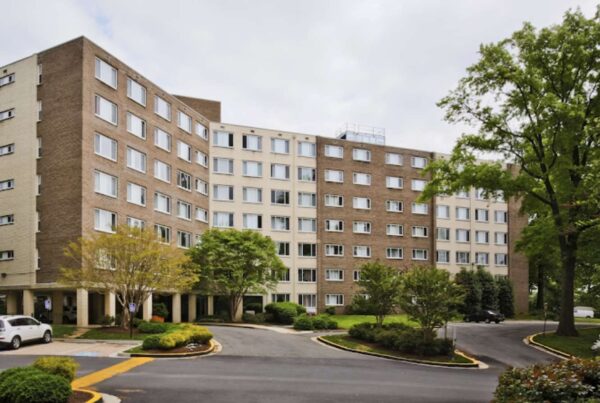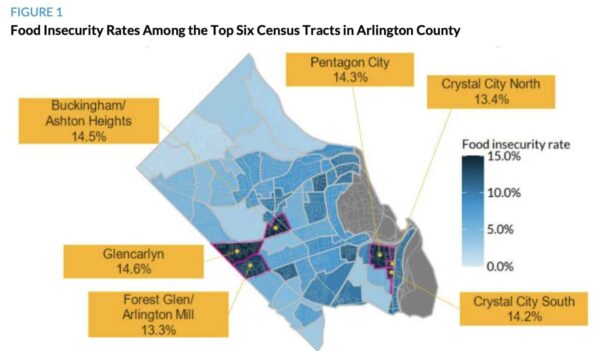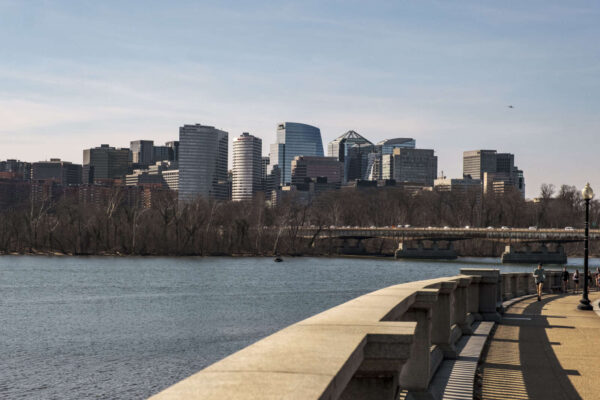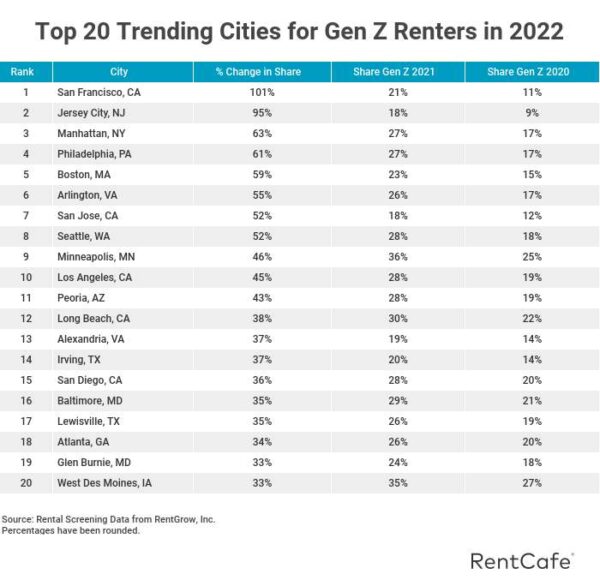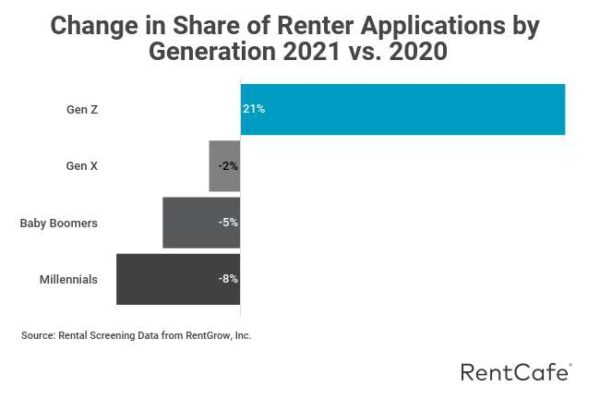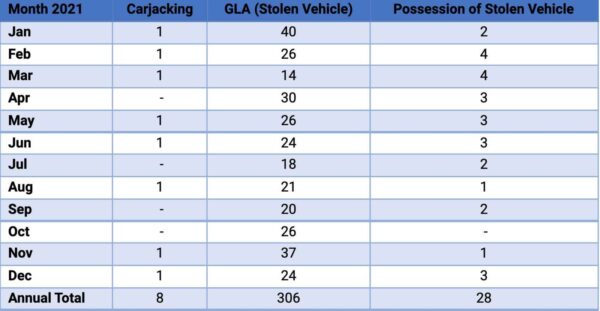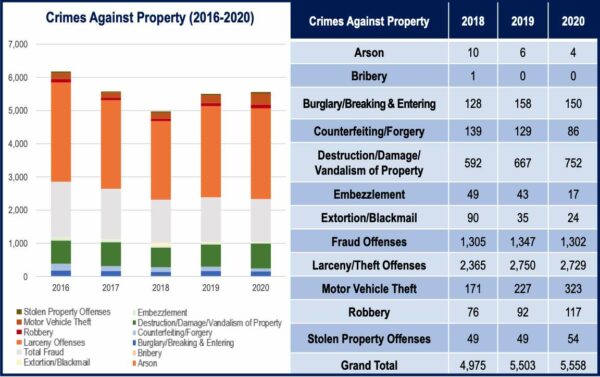
Arlington’s office vacancy rate remains high but may be stabilizing after an initial, sharp increase due to Covid remote work policies.
As of the fourth quarter of 2023, the countywide office vacancy rate stands at 24.4%, according to a new report from commercial real estate company Colliers.
Since 2020, Arlington’s overall vacancy rate has risen 4.3% points, per the report, prompted by the pandemic-era shift to remote work and in defiance of return-to-office efforts. The county saw a 3-percentage-point jump between 2020 and 2021 followed by a more modest 1-percentage-point increase over the last year.
“The big story last year was the delivery of Amazon’s HQ2 which drove absorption earlier in the year,” Colliers Research Manager Miles Rodnan tells ARLnow. “Sublet space across the D.C. region has leveled off, which has helped slow down vacancy increases.”
“Additionally, as companies continue to settle into their return-to-office/hybrid policies, the decisions to offload space have been made in many instances,” he continued. “As leases continue to expire, there will be downsizes, but the rate should taper off.”
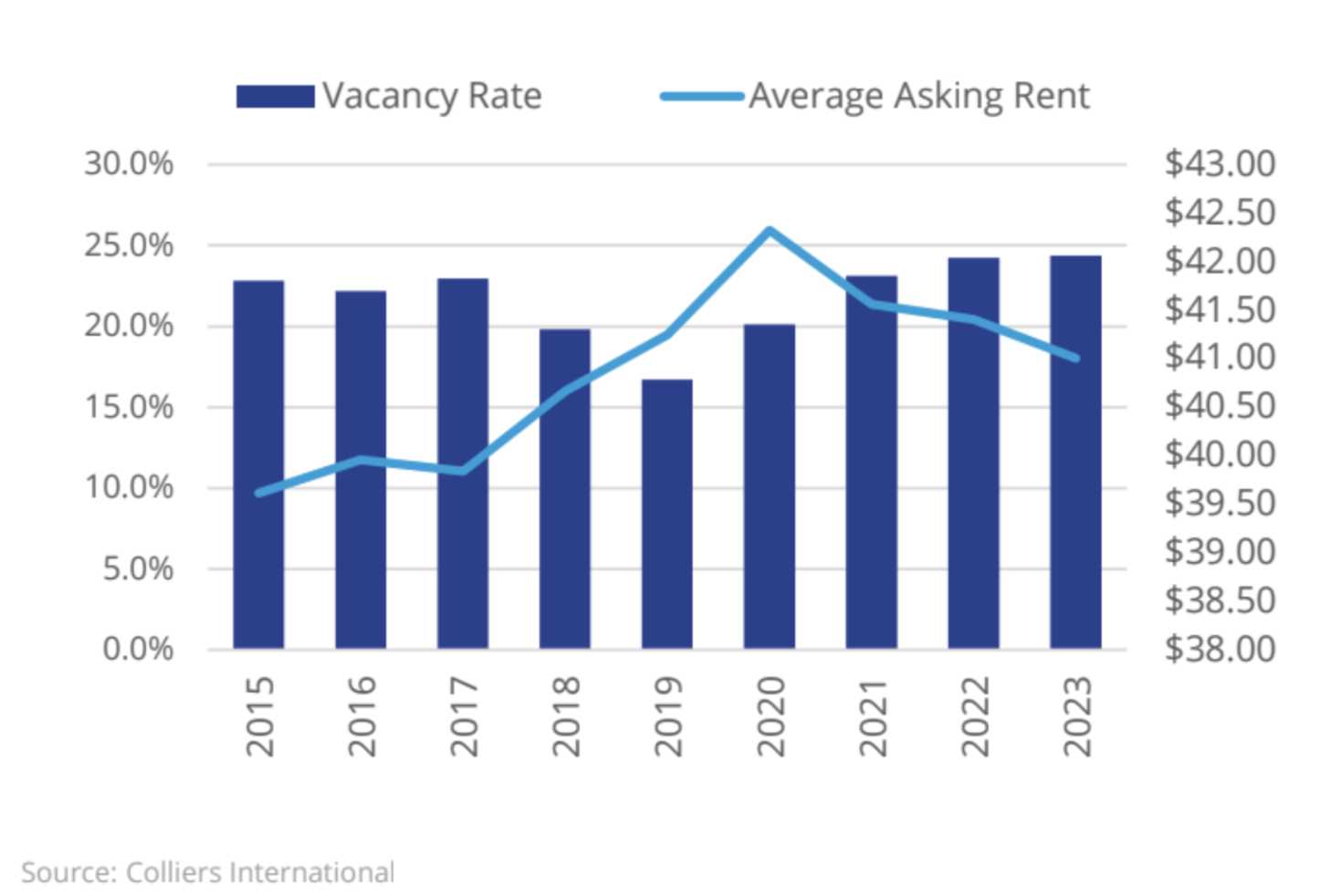
(Arlington County also tracks its vacancy rate and, notably, it reported a rate hovering around 21.5-22% this fall. This discrepancy may be because the county and Colliers have different numbers for total office buildings and rentable square footage. Graphs tracking rates over time, from the county and Colliers, have similar trend lines.)
At the end of 2023, the Colliers report says vacancy rate was slightly higher for the Rosslyn-Ballston corridor, at nearly 25%, than for National Landing — Pentagon City, Crystal City and Potomac Yard — at 24%.
While the difference is marginal, the rate is trending down in National Landing dropping 0.7% point over 2023, while the rate increased 0.8% point on the R-B corridor, the report said.
Compared to National Landing, where all the new office construction was tied to Amazon, the R-B corridor saw more speculative office projects: 3901 Fairfax Drive in Virginia Square, slated for delivery next year, as well as George Mason University’s FUSE at Mason Square building, which will house university programs in addition to private office space.
Overall, however, these projects contribute less than a million square feet of leasable office space. Rodnan says this could be a saving grace, given predictions that vacancy rates will continue to rise.
“A breath of fresh air comes from the restrained construction pipeline, which will hopefully allow vacancy rates to stabilize in the region as negative absorption is still anticipated in the near future,” he said.
Generally, newer office buildings — which real estate analysts dub “Class A” — are attracting tenants who are willing to pay upwards of $2 more per square foot to get out of dated office stock, or so-called “Class B/C” buildings.
This is a trend playing out across the region, Rodnan said, not attributing the submarket-level upticks to any tenants in particular.
Amid the well-established “flight to quality,” Arlington County is working on several initiatives to make it easier to reposition these obsolete buildings from which people are moving.
“The work is cut out for us: zoning needs to become reasonably more flexible and less burdensome,” Arlington County Board Vice-Chair Takis Karantonis said during his New Year remarks this week. “We need to be innovative and courageous in repositioning and reusing obsolete buildings.”
County Board member Matt de Ferranti spelled out what this office vacancy rate means for the county budget.
“We depend on our office vacancy rate, which leads to a lower tax rate than our surrounding localities in northern Northern Virginia,” he said, noting that commercial real estate comprises a greater percentage of Arlington’s budget than that of neighbors.
Either this month or next, Arlington County will learn the extent of the impact of decreased office property values on the expected budget deficit, which is preliminarily projected around $20-$40 million.
“That will be sobering news, or perhaps hopeful news,” de Ferranti said.
Through April, the 2024-25 budget process will address the ongoing challenge of high office vacancies.
“Why is this budget more difficult than our last? Haven’t we known about the work-from-home paradigm shift for two years?” said de Ferranti. “Well, we have, but the office assessment process and that market is based on 5-, 10- and 15-year leases. So this year, we’re seeing the reality come home to us.”



